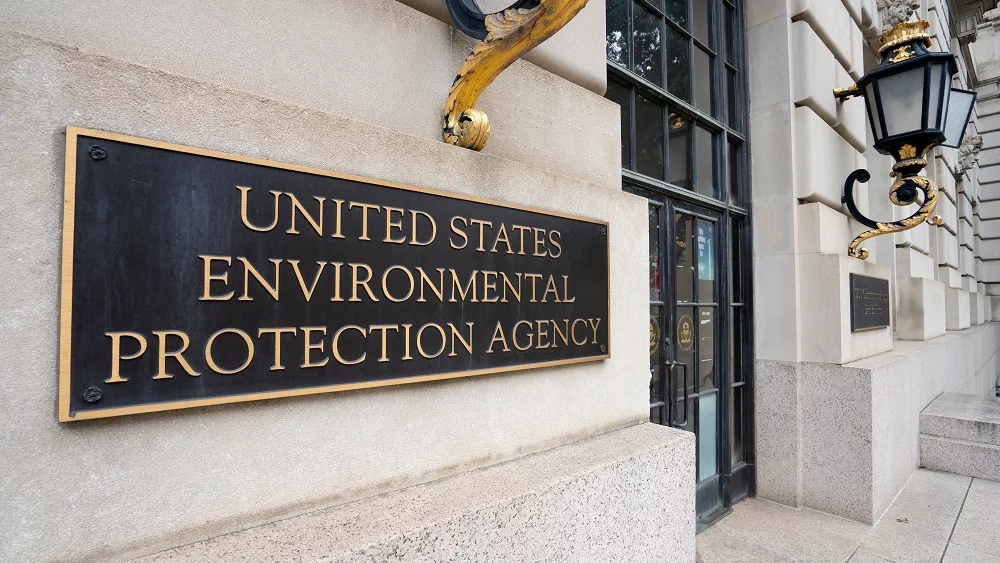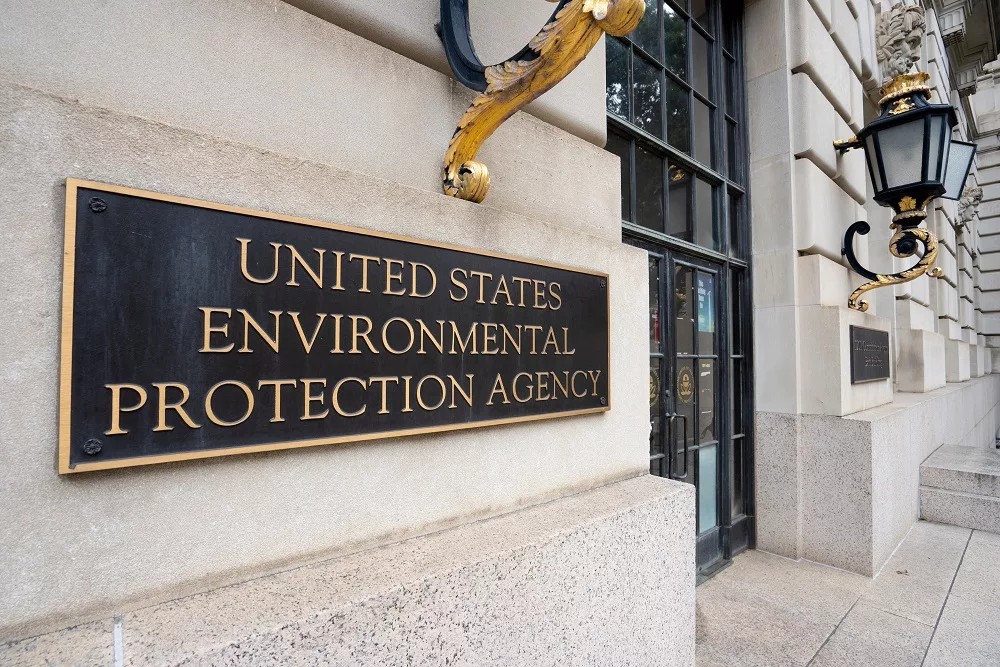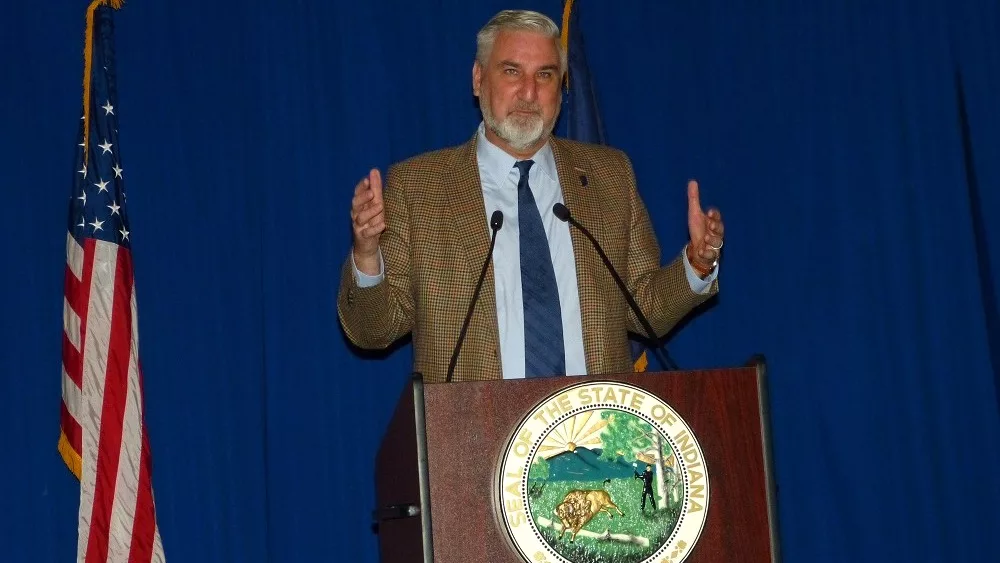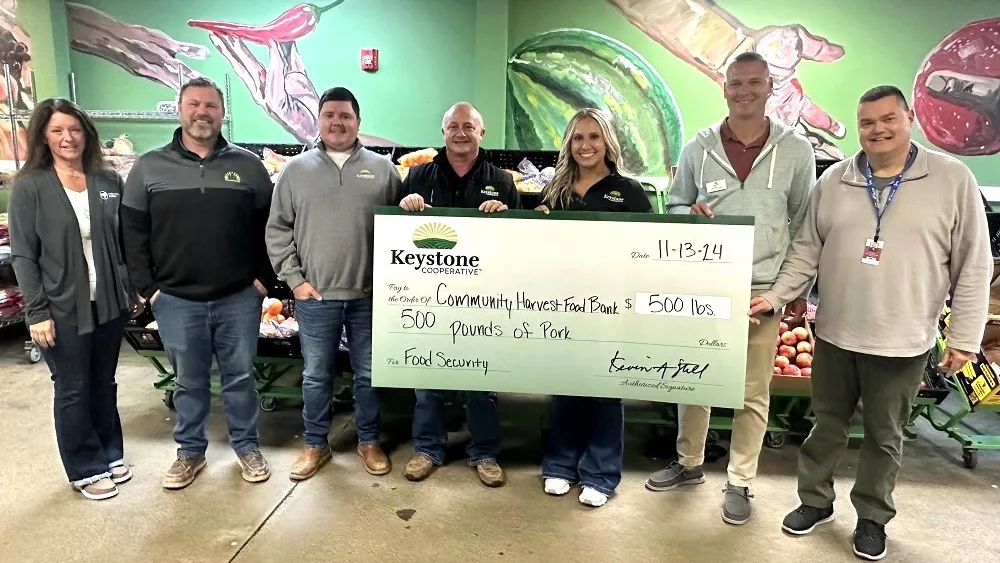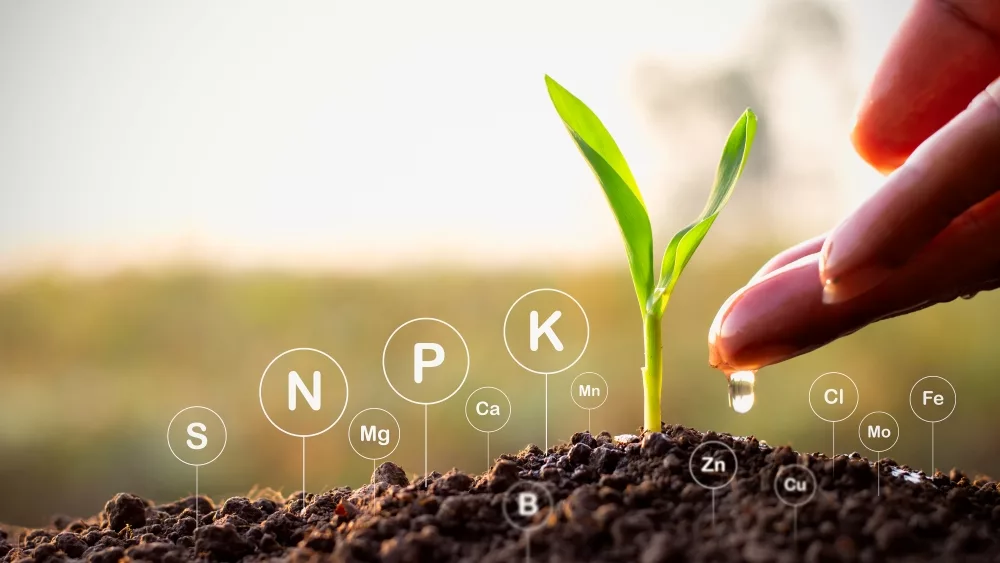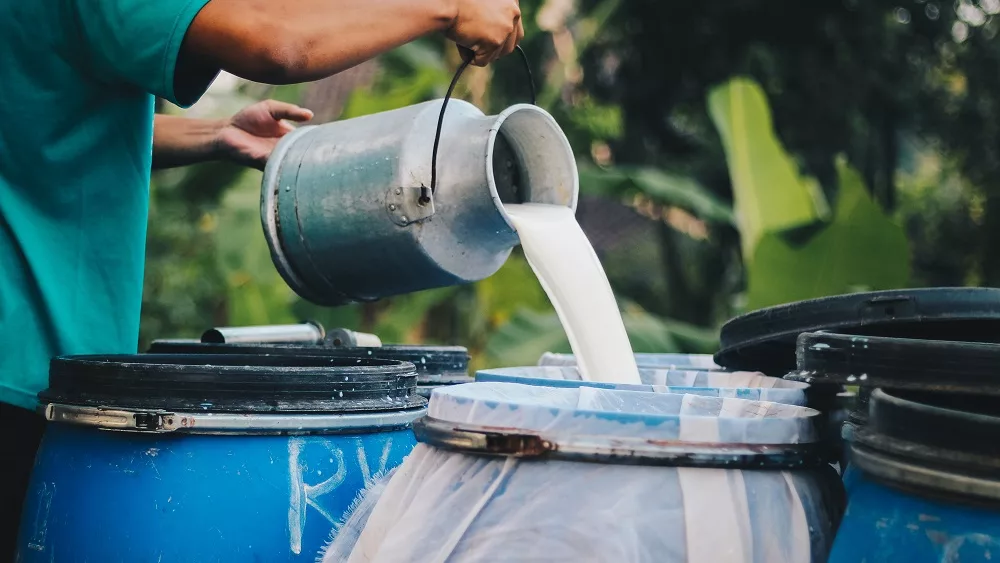Ag leaders are expressing their concerns over the EPA’s final rule on PFAS—or “forever chemicals”—that could unintentionally be found in farm fields and that farmers could be unfairly targeted by the rule.
In its final rule, the EPA has labeled PFAS as “hazardous materials” under The Comprehensive Environmental Response, Compensation, and Liability Act of 1980 (CERCLA).
“The federal government is building this plane as they’re flying it,” said Courtney Briggs, Senior Director of Government Affairs with the American Farm Bureau Federation.
“There are a lot of components that [the EPA] just have not figured out yet,” she said. “There is technology that still needs to come online. There are standards that need to be set. But a farmer would be forced at this point—if they had a contaminated farm field—they would potentially be held liable and have to pay for the cleanup and remediation of the farm field. Right now, when you go ask the federal government, ‘How do you remediate a farm field? What exactly goes into that? What kind of techniques should be used in order to clean up a farm field?’ They don’t have the answers to that yet.”
Briggs says that the CERCLA rule is not the place to start when it comes to assessing responsibility for clean-up.
“You can’t go around assigning liability to people when you haven’t even figured out a way of properly cleaning this up,” she said. “Certainly, there are entities out there that should be held responsible because we do need to clean up a number of areas of the country from PFAS contamination, but the theme of the CERCLA rule has always been that the polluter pays. Well, if that’s the case, then it should be the chemical companies that should be on the hook for clean-up and remediation and paying into the super fund. They should assume that liability.”
She says that Farm Bureau is pushing lawmakers in Congress to create the “Liability Shield” that would protect passive receivers, like farmers, from any liability.

